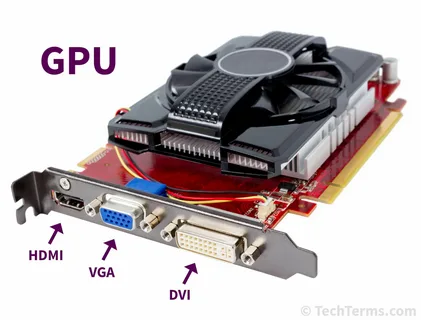In the simplest sense, network rendering employs GPU rendering solutions to create motion graphics and visual effects for a product or project for a variety of different industries and stakeholders. Essentially, it utilizes GPU processing power and users can buy Render Tokens (RNDR), which is the native utility token of the network rendering venue.
In 3D environments, network rendering drastically improves the efficiency of creating visual effects, 3D animations, and more by creating a peer-to-peer network where marketers, designers, and others can make the most out of their underused processing power in the most inexpensive manner possible. Currently, it provides an affordable avenue to create digital goods and services in the metaverse, marketing digital products and services in the virtual realm.
Network Rendering: The Ins & Outs
For those in the branding industry, marketing sector, and other marketplaces, network rendering services as the main avenue for developing a photorealistic or non-photorealistic image/animation for a 2D or 3D (CAD) model. Using specialized software, it can create a final image for client prototyping and much more and in a cost-effective and efficient manner.
A model to be rendered will often contain a variety of models or objects created in a specific data structure or programming language that can be easily converted in real-time using the proper network rendering software. It will include a variety of details such as specific views, textures, shading, lighting, angles, and virtual geometry. The network rendering software takes this information and processes it into a scene, then outputs the results that have been rendered into either a raster graphics image file or a digital image.
Problems Solved by Network Rendering
Specialized network rendering software solves a variety of problems the 3D imaging industry has faced for years including:
- Operational Efficiency: Network rendering provides users with more choices and boosts efficiency. GPUs become out-of-date and often need replacement to stay up to date with data processing requirements and motion graphic best practices. Companies and designers that frequently rely on 3D rendering and modeling can save money via specialized network rendering software rather than having to pay to invest in data centers for extensive GPU storage.
- Growth & Scalability: One of the foremost benefits of network rendering is that it can be easily scaled to suit user demands. Since most software employs a decentralized network, it’s easy to scale for any type or scope of project.
- Record-Keeping & Encryption: Many network rendering solutions are blockchain-enabled, providing comprehensive digital management solutions. By employing blockchain technology creators’ rights are solidified during the creative lifecycle. This is a stark contrast to many of the current platforms that rely solely on centralized platforms.
Final Thoughts
It’s easy to see why network rendering has gained such traction in recent years and quickly become the stand in the 3D rendering and animation sectors, as well as marketing, branding, and more. The user-friendly options it offers, not to mention the cost savings and added oversight and security make it the ideal solution. For designers to manufacturers, network rendering serves as an affordable, effective solution to many of today’s outdated alternatives.
